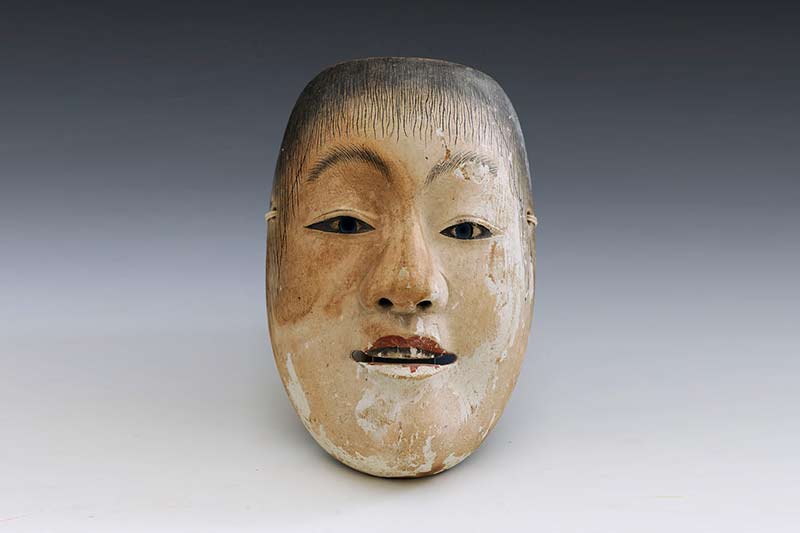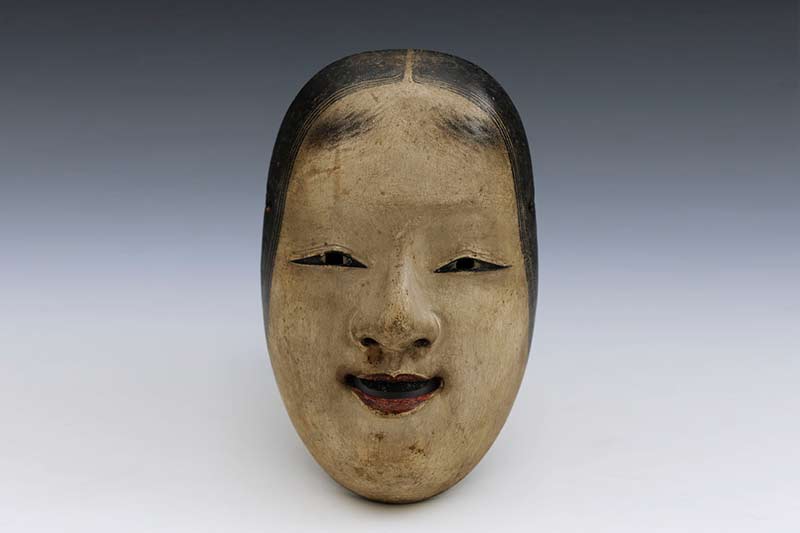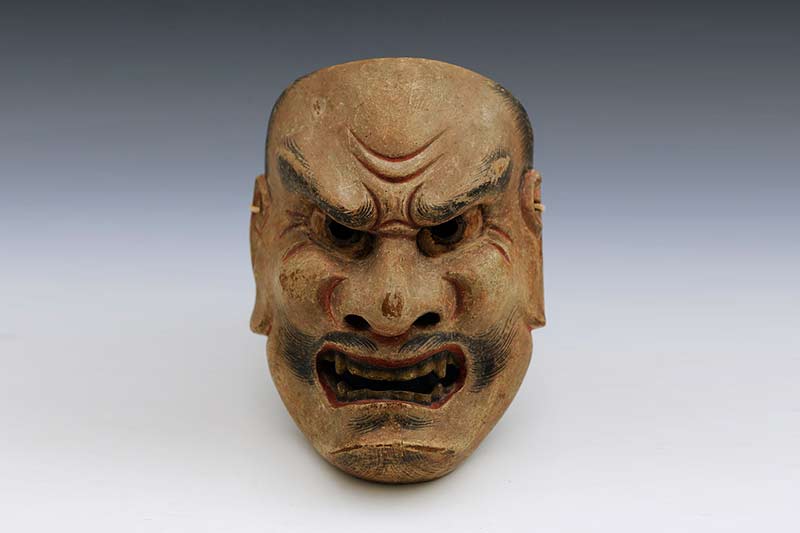Art of the Edo period - Noh Theatre
Japanese Art Collection
With the transfer of the military administrative centre of the Tokugawa Shoguns to Edo, today’s Tokyo, the Tokugawa or Edo period began (1603-1868). A large part of the country’s population flocked to Edo, thus creating a new, financially strong bourgeoisie, which played a dominant role in shaping social, artistic and economic production. Life in Edo, which, from an insignificant port, became the capital of Japan, was characterised by entertainment, basic activities of which were watching theatrical performances, nocturnal visits to Geishas, outdoor dinners and trips to scenic places.
Noh Theatre
Noh theatre appeared in Japan in the 14th century and has experienced great development during the Muromachi period (1392-1573). The austere, bare set and the simplicity of the masks was combined with multiple layers of bright costumes, giving the actor an almost architectural dimension, as he moved to the rhythm of music and song.
Initially, Noh theatre was closely tied to the Samurai class. Early costumes imitated their everyday uniform, and official clothing was given to the actors as a gift. Gradually, during the 15th century, costumes developed that differed from samurai everyday wear and were made especially for Noh performances.
Most Noh performances consisted of a few roles played by the leading actor, who usually wore a mask, and one or two other actors. All the actors were male. Many Noh plays resemble dreams. It is often revealed that the protagonist is a ghost or spirit, attached to a person or event from the past. The lead actor’s costume changed in accordance with the role he was playing
In general, combinations of clothing were coded and linked to specific roles (the warrior, the rich lady, the monk, the demon, etc.) However, the final selection of colours and patterns belonged to the actor himself.




